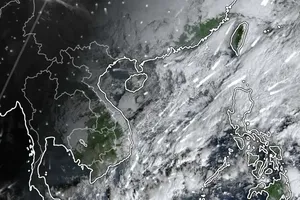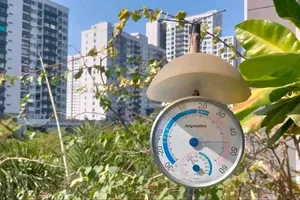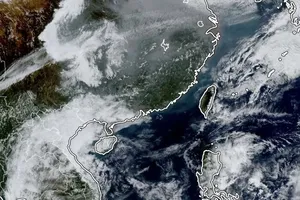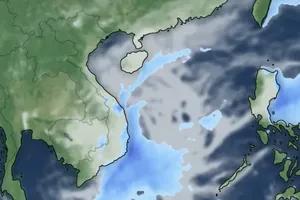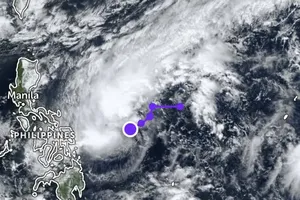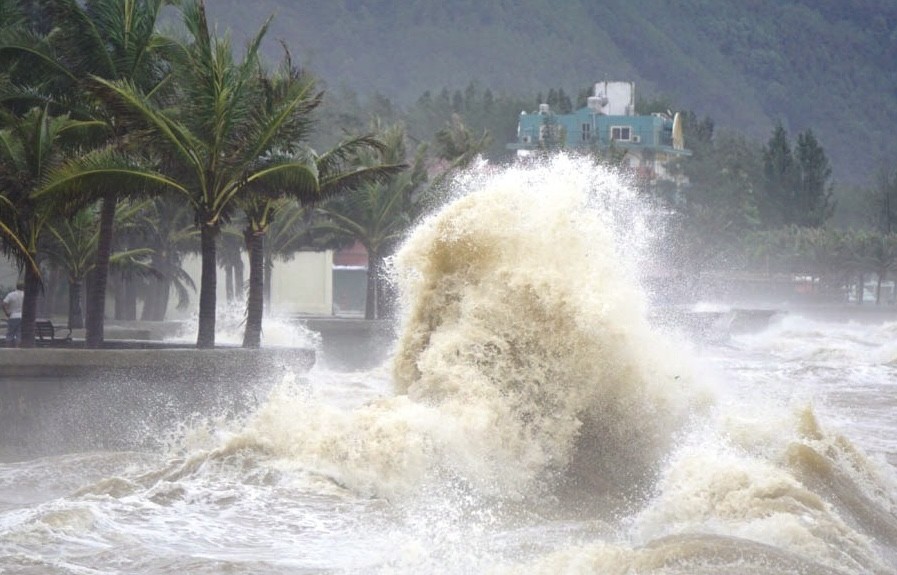
It is forecast that about five to seven storms will form in the East Sea together with powerful operation of the southwest monsoon leading to risks of big waves, high tides, coastal erosion and landslides, from now until September.
The General Department of Meteorology and Hydrology under the Ministry of Natural Resources and Environment on June 15 issued a report announcing seasonal meteorological and hydrological conditions nationwide.
According to Deputy Director of the National Center for Meteorological and Hydrological Forecasting Hoang Phuc Lam, the ENSO phenomenon is currently in a neutral phase, but a probability of 65 percent-75 percent will shift to a La Niña phase from July, favoring an increase of more frequently in storm and rainfall events.
During this period, the East Sea will see about five to seven tropical storms or depressions. Of these, about two or three could slam into the mainland.
Meteorologists warned people about the formation of storms or tropical depressions in the East Sea.
The National Center for Meteorological and Hydrological Forecasting also indicated that the southwest monsoon season set in during late June 16, 2024 and persist until September, resulting in rough seas and big waves ranging from two meters to four meters.
From late June to September, the southeastern coast of the East Sea will see seven high tides. However, water levels at Vung Tau monitoring station during these high tides are expected to remain below 4.1 meters.
As for the southwestern coastal areas, from late July to August, people shoul take precautions for potential abnormal high tides causing coastal erosion during strong southwest monsoon activity.




